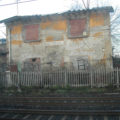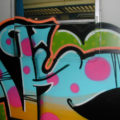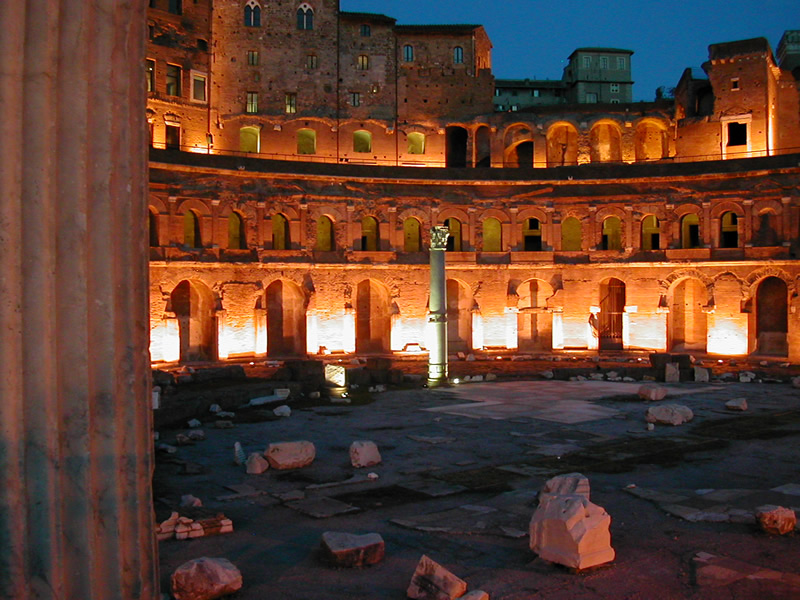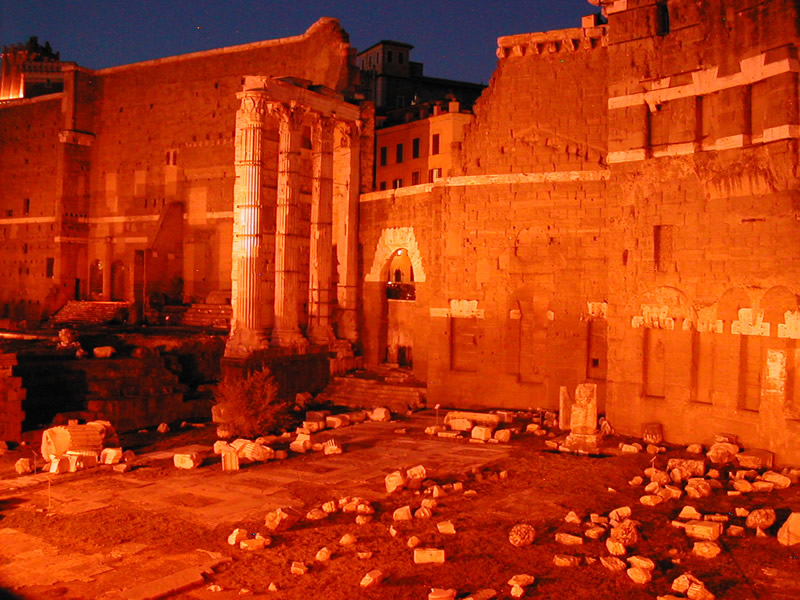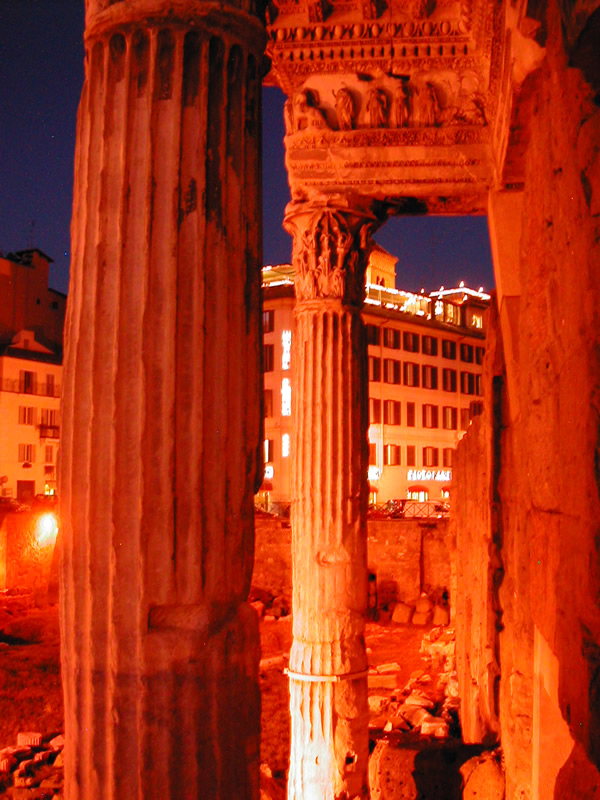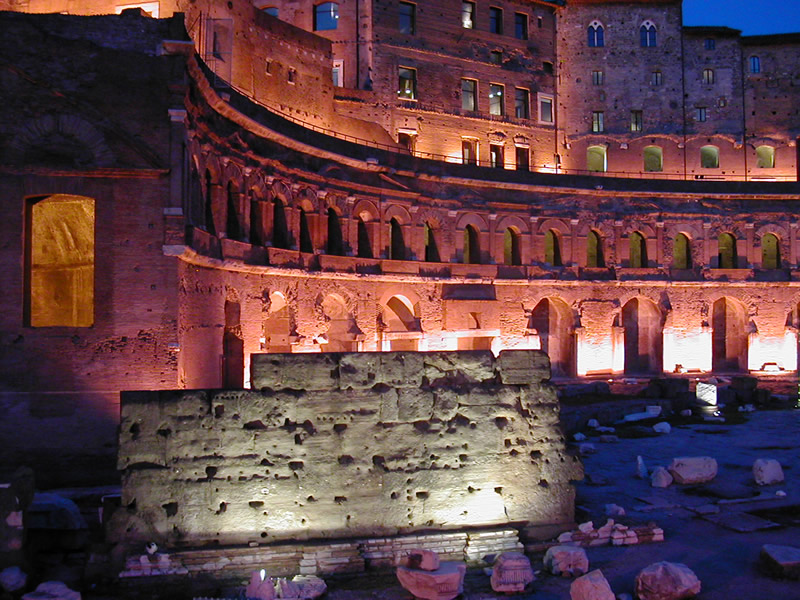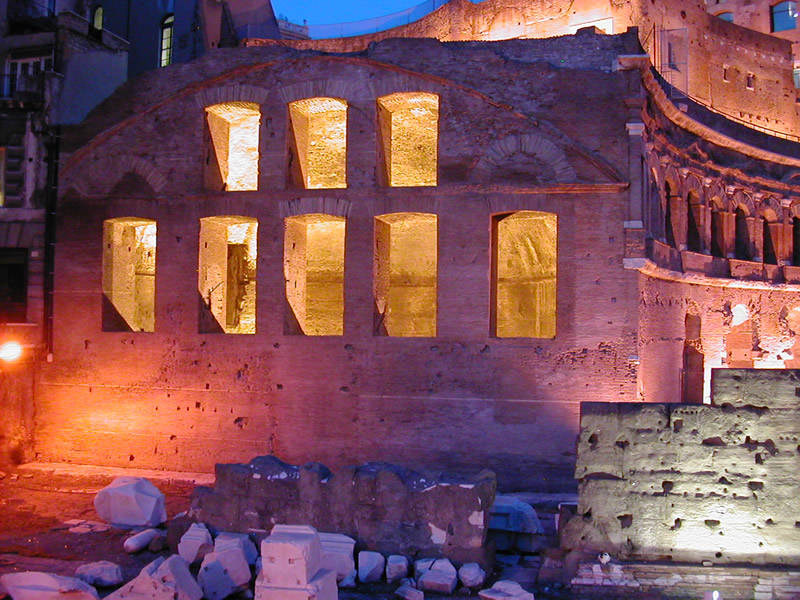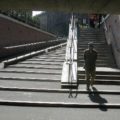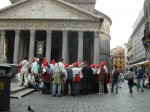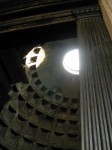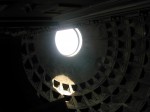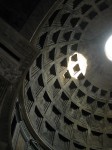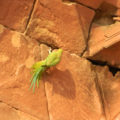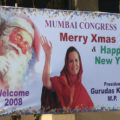“How to solve Europe’s pension crisis: Work longer, have more babies”
cover of The Economist, Sept 27, 2003 – with a photo of a rather horrified (and rather Italian) -looking woman
“Sheesh! What is wrong with you Italians?! You inherit one of the most beautiful cultures the world has ever seen and you jeopardize it by refusing to breed.”
Reader comment on an article about Italian birthrates, Zoomata
The Economist speaks somewhat tongue-in-cheek; I’m not sure about Zoomata’s anonymous reader. So, in case you’re wondering, today we will address the question of why Italians don’t have more babies.
To quote an American politician, completely out of context: “It’s the economy, stupid.”
First, real estate costs: Buying a home is expensive in the desirable parts of the country, i.e., those where you can actually find jobs. Rentals are almost non-existent, and also very expensive. Until recently, rent laws so favored the tenant that a landlord could well find himself saddled with a tenant who didn’t pay rent, yet could not be evicted until after a long (ten years!) and expensive court battle. People who own real estate are therefore reluctant to rent it, unless they are large-scale landlords who can afford the risk. There aren’t many of these, so the market is tight, and rents are high.
The high cost of renting or buying is also part of the reason young people don’t move out of their parents’ homes until age 30 or beyond, and/or they marry. You can’t afford a home of your own until there are two of you to contribute to the expenses, and even then you probably need help from one or both sets of parents (as we had).
If you’re living at home and not married yet, you most likely don’t have kids. So, by the time an Italian woman marries, she’s often past 30, with few reproductive years left. This is also about the age that people first begin making decent salaries, and, in spite of fairly liberal maternity laws, Italian women face the same career-vs.-family choices that American women do: being a mother slows you down on the career track, so the choice to have a child is also a choice to lower your lifetime income.
Once you do get married and move into your own place, your first home is probably a small one. Enrico, Rossella, and I lived in a three-room apartment for 12 years. And I do mean three ROOMS (plus bath): two bedrooms and a living/dining room; our kitchen was so tiny (1 x 2 meters) that it didn’t count as a room. The refrigerator had to be in the living room, along with the dining table, TV, sofa, and shelving. Enrico’s piano had to go in Rossella’s room, which began to be a problem as she got older and wanted her privacy. Her room also contained a huge closet/bed/desk unit called a cameretta (used partly for storing off-season clothes and other stuff for the whole family) and a second closet, as well as shelving. Our room contained a large closet, our bed, bookshelves, and one corner was my “office”.
Had we had a second child, where would we have put it? Buy a bigger place in Milan, you say? Couldn’t afford that – that’s part of the reason we moved to Lecco. Where I’m now looking for work. And did I mention how hard it is for anyone to find jobs in Italy, especially outside the big cities?
At least in Italy putting kids through college is not the huge financial burden that it is for Americans. Italian universities are essentially free and open to everybody; a modest tuition fee has been introduced in recent years, but the only other expense is for books – IF you live in or near a city that has the kind of university program your child wants to attend. If not, you’re looking at big-city rents again: say 1000 euros a month for a studio apartment in Milan, maybe you can get it down to 500 if your student shares a small apartment with several others. This obviates any small-town low-rents advantage you might have enjoyed previously.
Then, when your kid finishes college, he is likely to be at home again (or still) while searching for a decent job, and then working his way up to a salary level that would permit him to move out. So you’re still supporting this kid, and you’ve got to keep a home large enough to hold everybody until the he’s finally out in his own place, which you will likely help to finance. Oh, and, by the way, that pension you’re being taxed up the wazoo for? Don’t count on it being there when you retire. Which will be later than your parents did, and you’re still going to get less than they did. Why? Because Italy has been paying over-generous pensions for decades, the system is going bankrupt, and there is no political will to make the necessary reforms (just like in the good ol’ USA). You’d better start saving now for your retirement.
So… are you still surprised that 45% of Italian children have no siblings?
See also: Rebecca’s view

